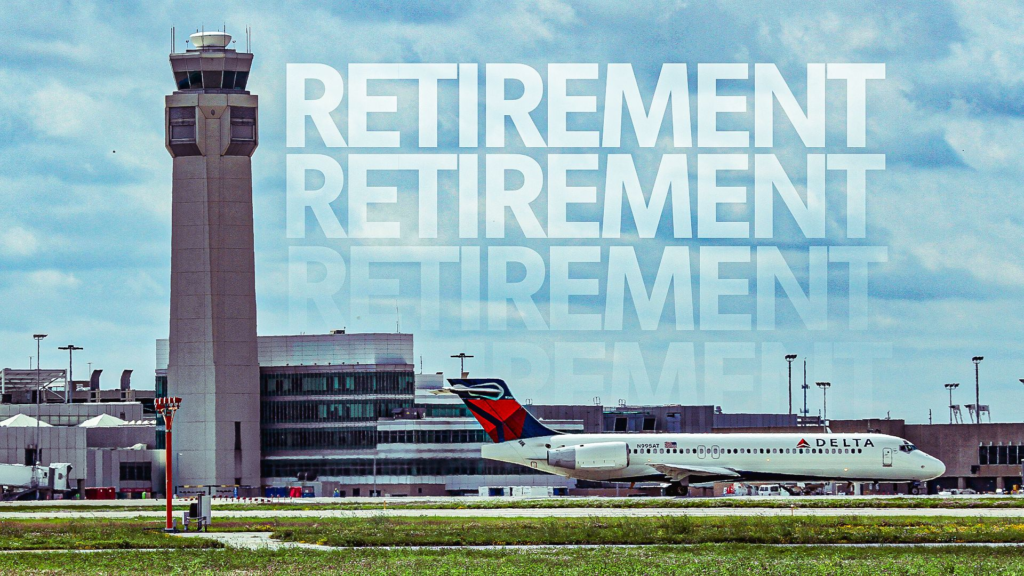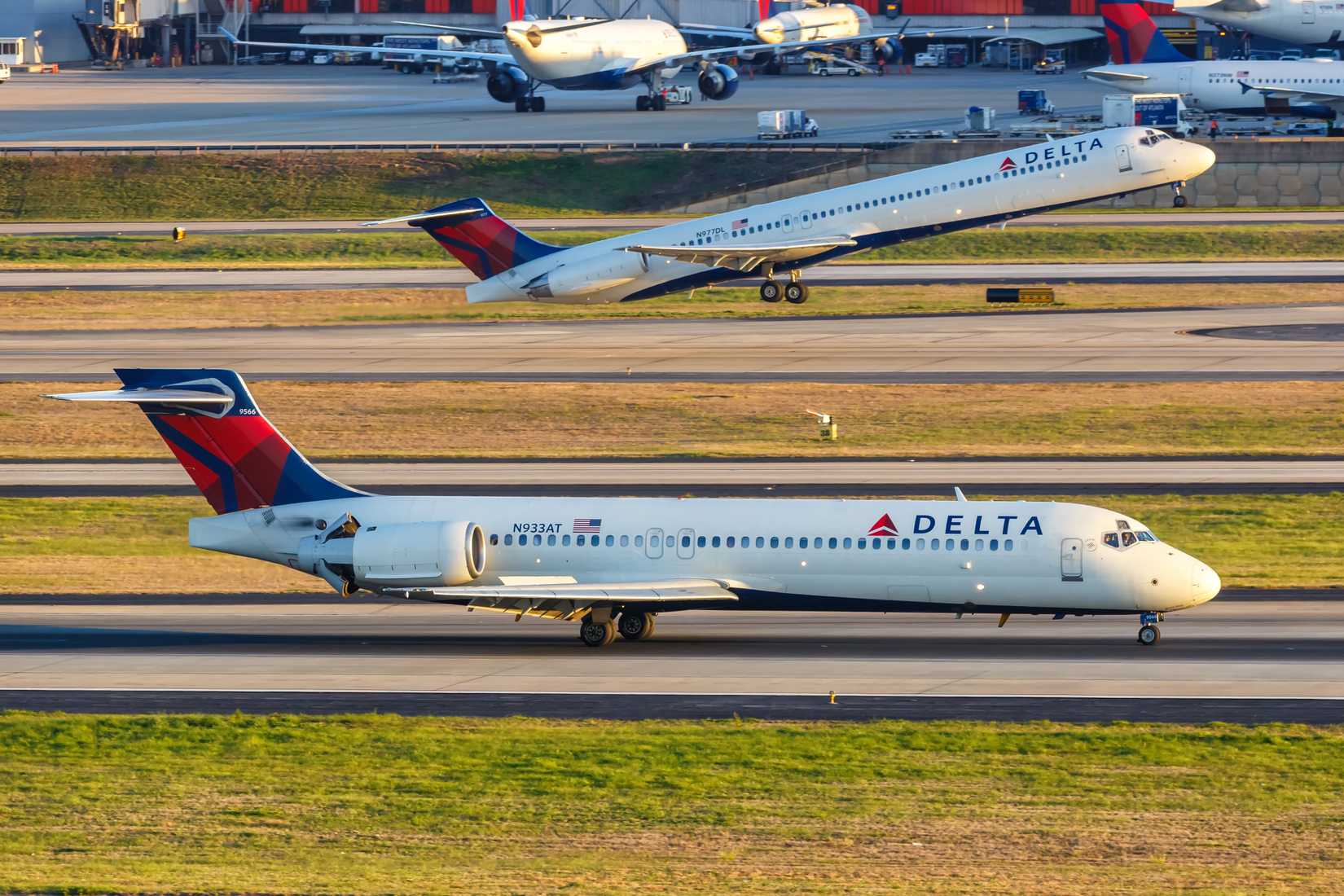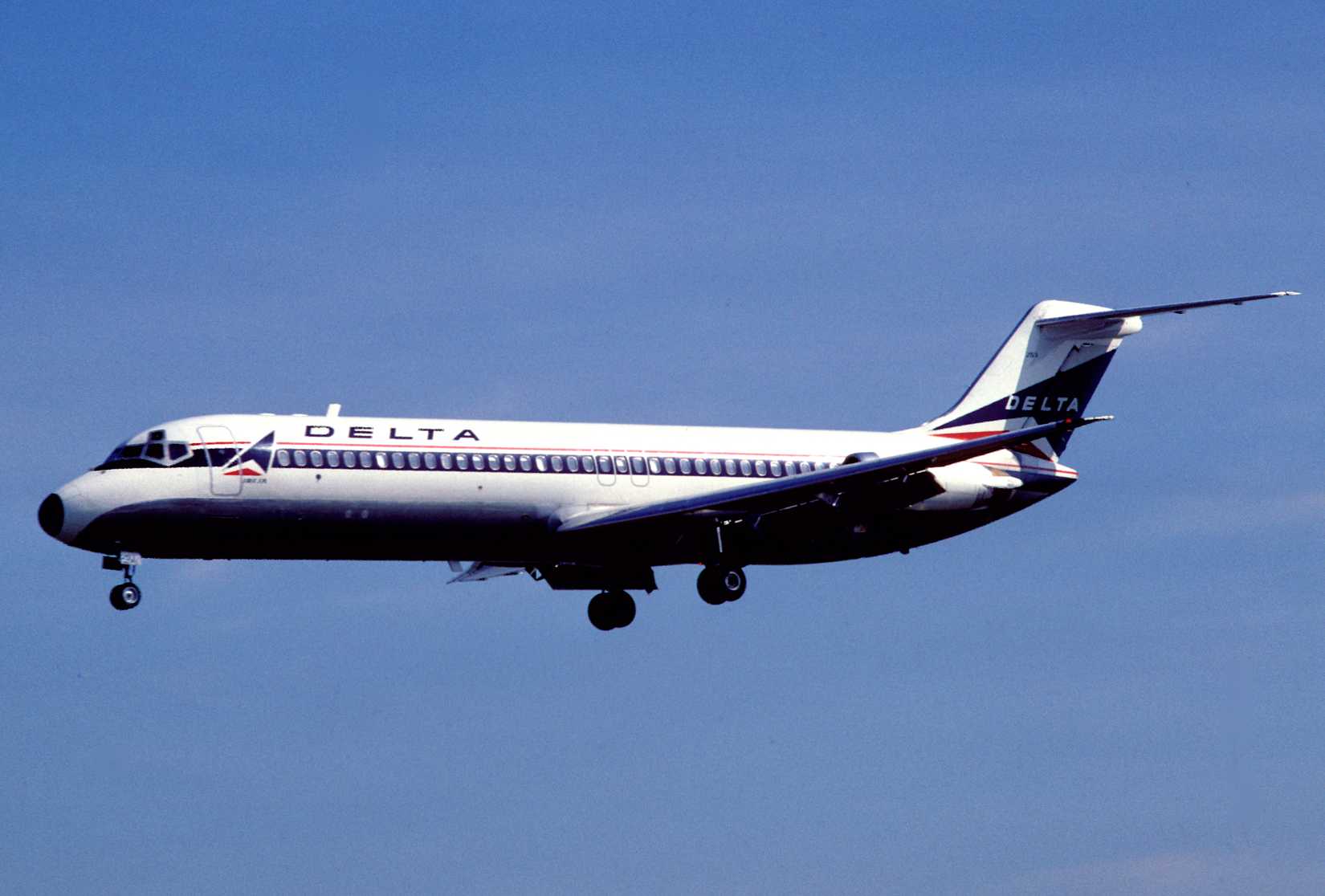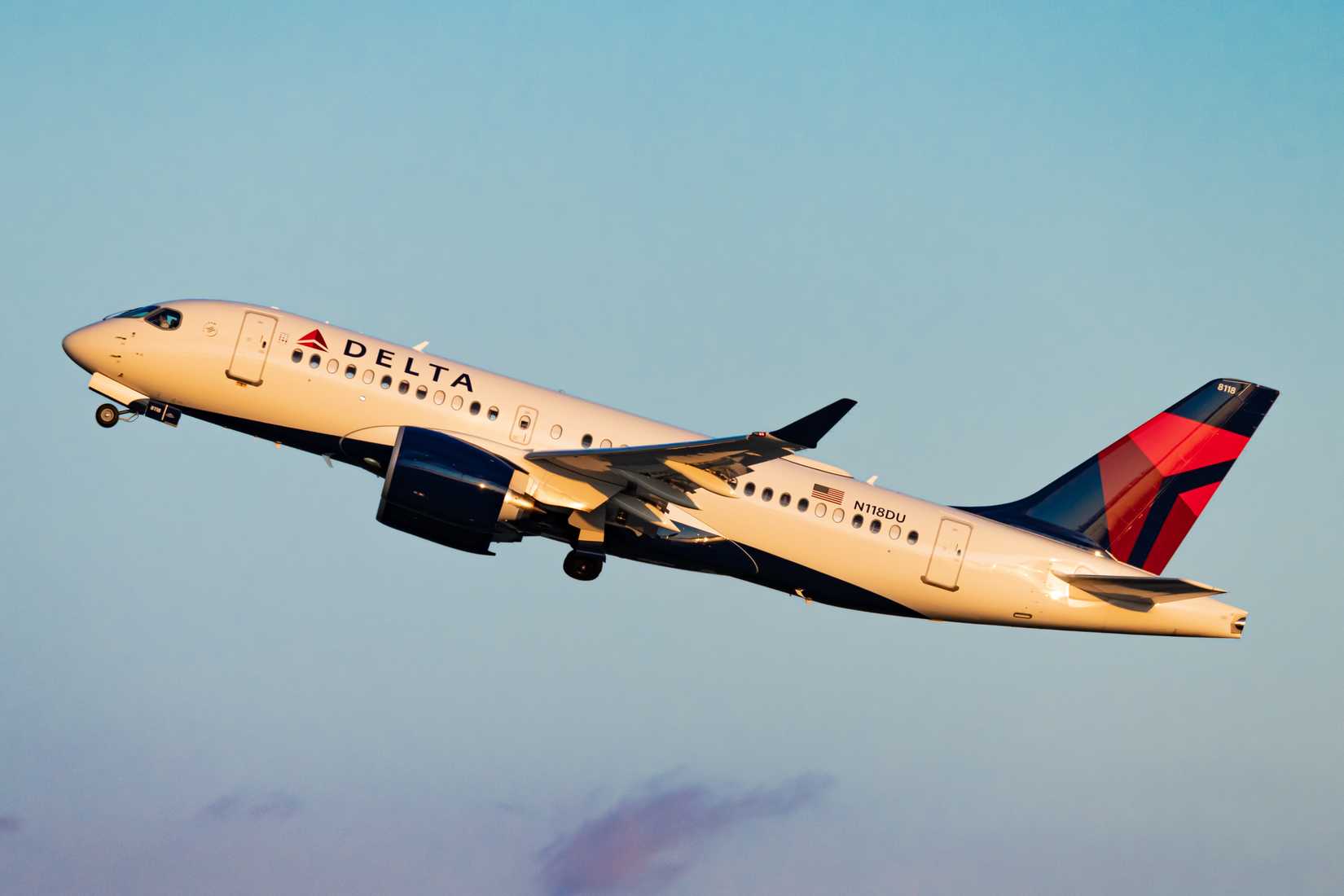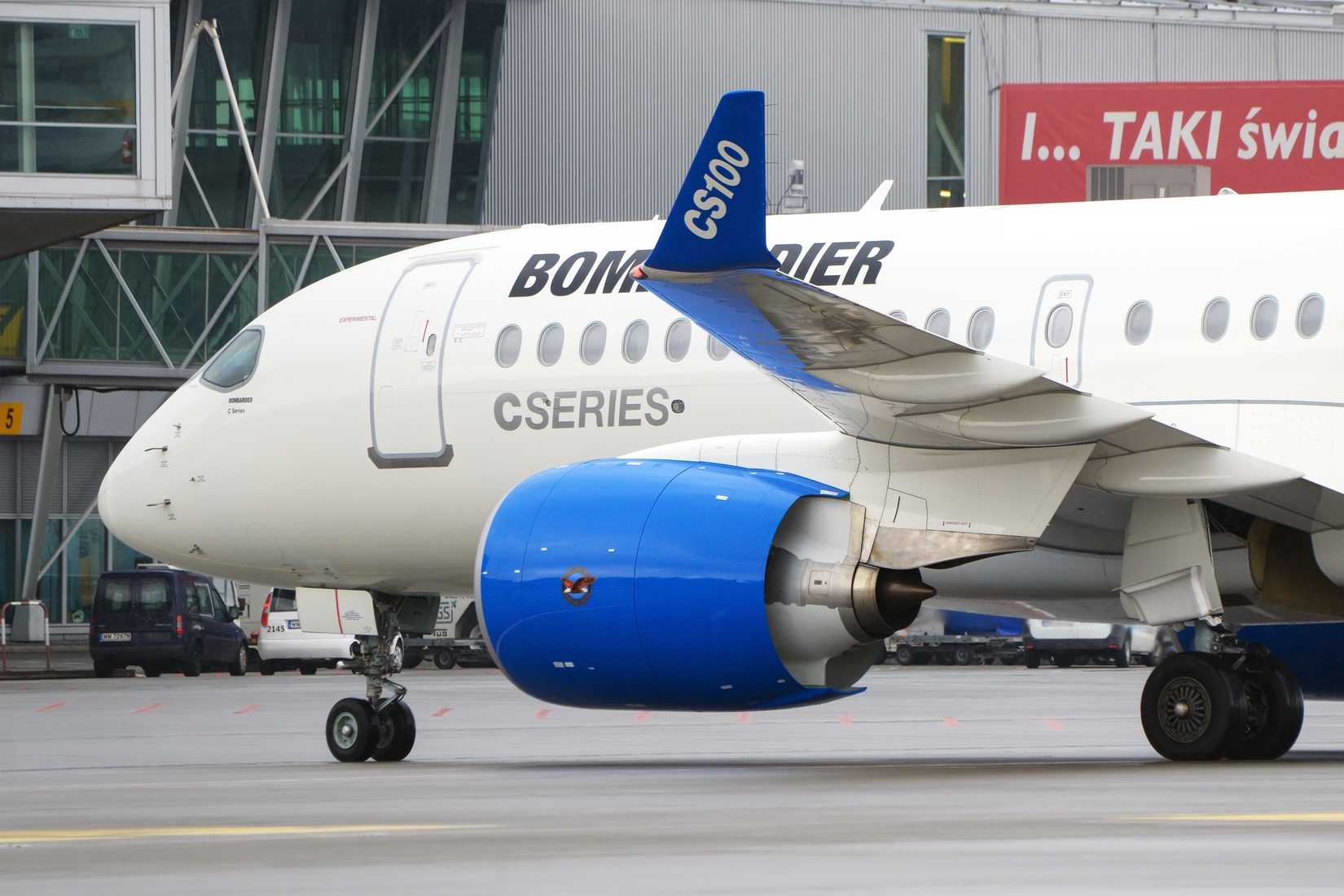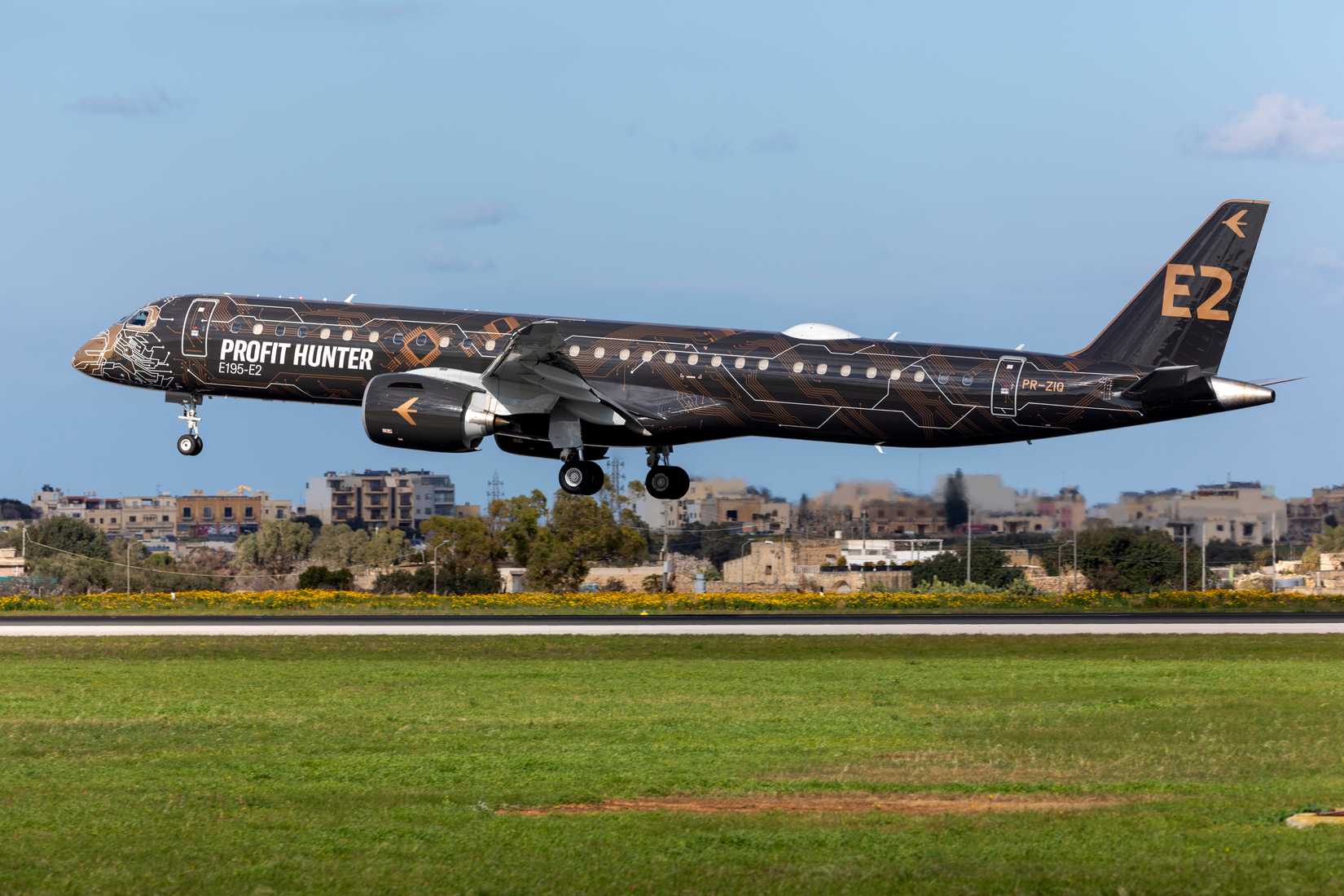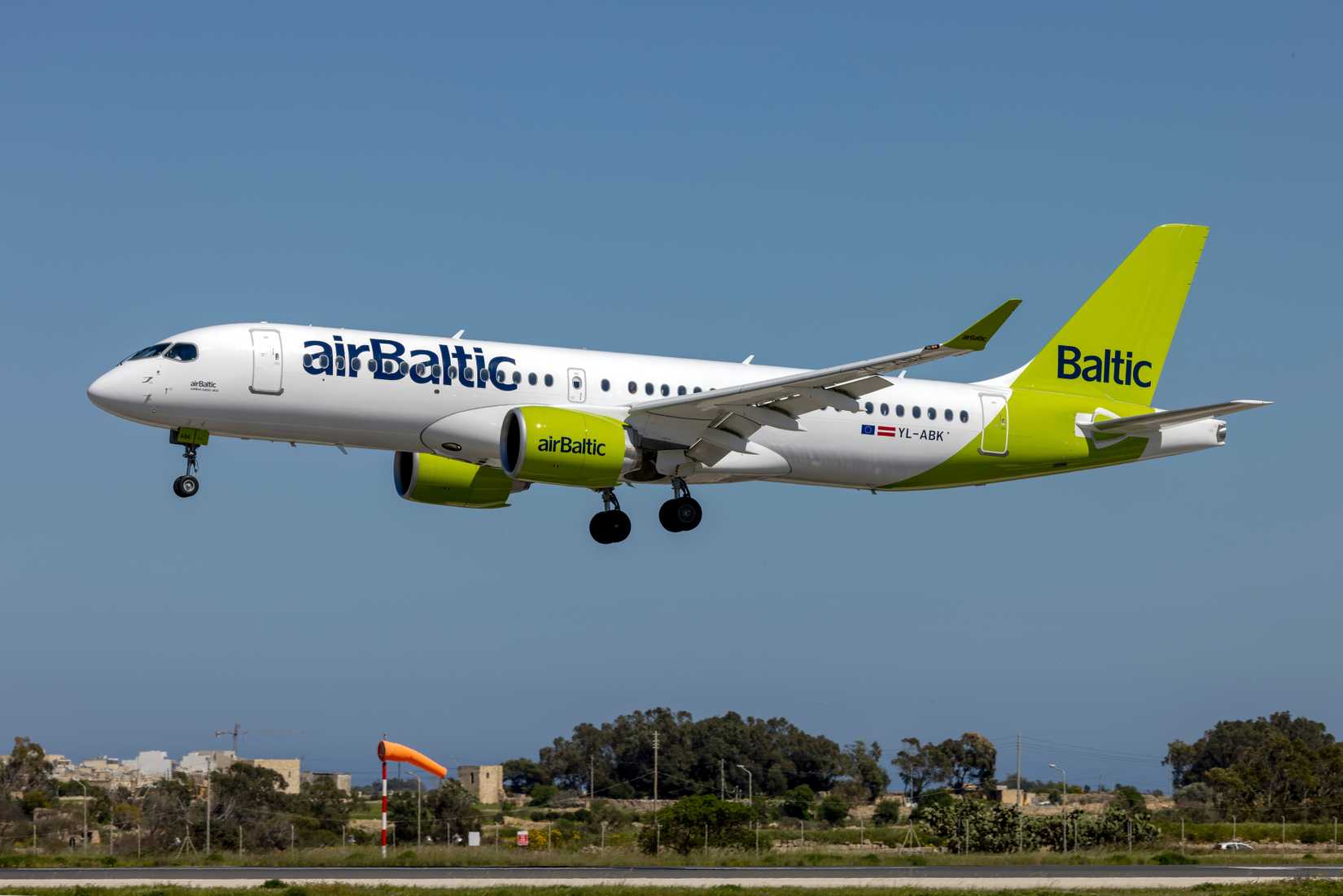In a world where airlines are trying to be as efficient and economical as possible, carriers prefer to operate a fleet of new and modern aircraft, giving them the operational advantages newer jets have to offer, but also bragging rights about maintaining a young average fleet age. A possible exception to this could be the US-based carrier, ![]() Delta Air Lines, and its continual operation of the Boeing 717s.
Delta Air Lines, and its continual operation of the Boeing 717s.
It’s common to see carriers in the US operate older jets such as the ![]() Boeing 757s and 767s. However, when it comes to the 717s, it is just Delta and Hawaiian Airlines for the time being.
Boeing 757s and 767s. However, when it comes to the 717s, it is just Delta and Hawaiian Airlines for the time being.
The End Is Near For Delta’s 717s
Having acquired 88 of these aircraft on a long-term lease from Southwest Airlines in 2012, Delta Air Lines has operated the Boeing 717 for the past 13 years. However, these aircraft are over 25 years old, and their fundamental designs do not originate with Boeing, but, rather, McDonnell Douglas, and can be traced as far back as the DC-9 aircraft family from the 1960s. As such, they are neither new nor technologically advanced compared to the majority of the jets being flown today.
This is why, in recent years, the carrier has been reducing its 717 operations and therefore is in the process of replacing these jets with suitable modern aircraft, which can operate efficiently on regional and short-hop flights. While there are a number of options on the market, in this case, Delta has decided the suitable replacement will be the Airbus A220 aircraft family, which in itself has an interesting origin story.
While Delta first announced its plan to retire the 717s from service (among other aircraft types) in 2020, it is worth noting that the carrier had already started operating the A220s prior, having received the first example of the type in 2018 and deploying it in commercial service in 2019. While the carrier originally planned to retire the type this year, delivery delays with the A220s have resulted in the 717s continuing their operations.
The Story Of The Boeing 717
As mentioned above, the Boeing 717 is related to the Douglas DC-9, which was designed in the early 1960s and had Delta as its launch customer in 1965. However, the manufacturer, Douglas Aircraft Company, merged with McDonnell Aircraft Corporation soon thereafter to form McDonnell Douglas. This resulted in the DC-9 being developed into the MD-80, which subsequently became the MD-90s by the early 1990s and eventually the MD-95.
However, when Boeing acquired McDonnell Douglas in 1997, it was left with the MD-95 in an era when it was focusing on its highly popular 737 program on the narrowbody side and the long-haul 777 program on the widebody side. As such, Boeing decided to rebrand the MD-95 into the Boeing 717 we know today. While over the decades, the aircraft went through several upgrades with each iteration, its fundamental building blocks and designs remained fairly similar.
In 2012, when Delta needed capacity and replacement for its aging fleet of older MD aircraft, the fleet of 717s became available when  Southwest Airlines (now famous for its all-737 operations) took over AirTran, and wanted to get rid of the fleet of 717s the carrier flew. This enabled Delta to get these aircraft on long-term lease for an excellent deal. Since Delta was already operating the predecessors of the type, the airline was able to easily integrate the aircraft into its fleet.
Southwest Airlines (now famous for its all-737 operations) took over AirTran, and wanted to get rid of the fleet of 717s the carrier flew. This enabled Delta to get these aircraft on long-term lease for an excellent deal. Since Delta was already operating the predecessors of the type, the airline was able to easily integrate the aircraft into its fleet.
More About The Replacement
Data from ch-aviation indicates that Delta currently operates 79 Airbus A220 family aircraft (45 of the -100 variant, of which five are marked as inactive, and 34 of the larger -300 model). Additionally, the carrier has another 66 A220-300 aircraft on order. Based on the way Delta has configured its aircraft, it is clear to identify why the A220 is a suitable replacement for the carrier’s outgoing fleet of 717s.
This demonstrates that the A220 is perfectly suited to replace the Boeing 717s when it comes to the capacity it can offer, but the additional range made available can offer Delta increased flexibility in how the aircraft is used and can also offer access to newer markets that are farther away but cannot sustain the capacity of larger Boeing 737 or Airbus A320 aircraft.
|
Aircraft |
Class |
Total Seats (Per Delta) |
Operational Range |
||
|---|---|---|---|---|---|
|
Delta First |
Delta Comfort |
Delta Main |
|||
|
Boeing 717-200 |
12 |
25 |
73 |
110 |
1,510 miles |
|
Airbus A220-100 |
12 |
20 |
77 |
109 |
2,415 miles |
|
Airbus A220-300 |
12 |
30 |
88 |
130 |
2,460 miles |
With the longer wings, newer and more efficient engines, newer airframe structures, and better technology, the A220 will offer improved operational advantages and better fuel economics for the airline, while offering a more comfortable travel experience for passengers. The reduced fuel burn also helps the carrier reduce its carbon footprint, which is a key aspect of the aviation business that airlines are scrutinizing these days and are actively trying to reduce.
The Complicated History Of The A220
Much like the 717 having an origin with McDonnell Douglas, the A220, as we know it today, was not created by Airbus, but by Bombardier, as the CSeries (the CS100 and CS300). Launched in 2008, the CSeries was meant to be a clean sheet aircraft design meant to compete with Boeing and Airbus. The aircraft would focus on the 100-150 seater market, featuring modern avionics, operational efficiency, and a theoretical range that could allow operators to fly the jet transatlantic.
While the jet was successful in Europe, having gained orders from the likes of SWISS International Airlines, airBaltic, and more, the manufacturer wanted a customer in the US, which became Delta Air Lines. A report from Business Insider indicates that this was a time when Delta was moving away from Boeing aircraft and ordering next-generation narrowbodies and widebodies from Airbus, and ultimately wanted Delta to get more 737s than the A220.
Boeing reportedly went as far as to file a trade dispute with the US Department of Commerce and the International Trade Commission, citing that Bombardier had the advantage of offering reduced prices for the CSeries because of investments from the government of Quebec. This led to the US government (initially) placing tariffs of almost 300% on the aircraft, subsequently raising Delta’s purchase price.
However, Airbus took this opportunity to form a partnership with Bombardier and take over majority control of the CSeries program and activate a production line at its facility in Mobile, Alabama, as a workaround to the tariffs in case they had remained. This move ultimately resulted in the CSeries being rebranded as the A220.
The Alternatives In The Market
Another major contender for the 100 to 150 seater market is the E-Jets E-2 series of aircraft from Embraer, and more specifically, the E190-E2 and the E195-E2. These models are the upgraded and more efficient versions of the popular regional jets, the E190 and E195. The table below details how the E2s compare against the A220 family.
|
Aircraft |
Embraer |
Airbus |
||
|---|---|---|---|---|
|
E190 E2 |
E195 E2 |
A220-100 |
A220-300 |
|
|
Maximum Capacity |
114 |
146 |
135 |
160 |
|
Operational Range |
5,463 km |
5,556 km |
6,700 km |
6,300 km |
While the E2 jets fall short of the range offered by the A220s, the aircraft type is still popular because of the operational efficiencies and economics the aircraft offers. It also offers a seamless transition for the operators of the popular first-generation E190 and E195 aircraft, giving the aircraft type a strong customer base.
Embraer also utilizes the existing design to offer a freighter version of the aircraft (E-Freighter project). This suitably fills in the gap between turboprop freighter aircraft and larger freighter jets, thereby giving the aircraft more flexibility in utilization.
A Larger A220 Model?
There is no doubt that the A220 is a very popular aircraft, and year after year, the number of operators and the number of active aircraft have been increasing. For the past few years, some of these carriers have been interested in an aircraft that is larger than the A220-300s and smaller than the A320 aircraft that they operate: a potential for a stretch A220-300, which many sources now refer to as the A220-500. In a media event back in 2021, the CCO of Airbus, Christian Scherer, stated:
“Regarding the stretch the aeroplane, has the capability of being stretched. But before it is stretched, it will reach its cruising altitude.”
Airlines such as Air France and airBaltic, among others, are interested in the larger version. Depending on the range offered in the extended version, it might be possible to see carriers operating transatlantic flights using the A220s and increase the presence of narrowbody aircraft flying in this highly competitive market.
However, most reports suggest that, while the A220-500 is feasible, it will only be developed once the existing A220 program achieves a reliable and high aircraft production rate. This could still be years away, as the production rate for the type has been suffering recently due to supply chain issues and issues with the A220’s Pratt & Whitney engines.


